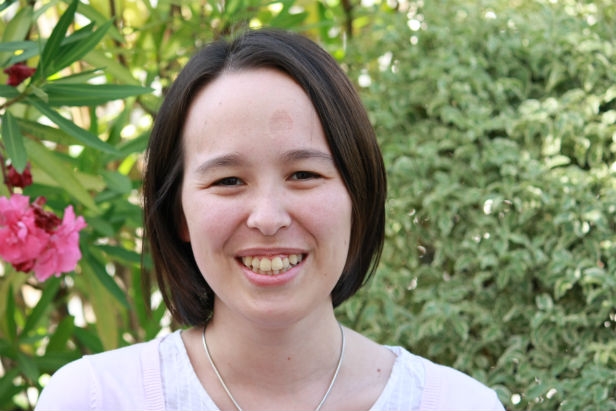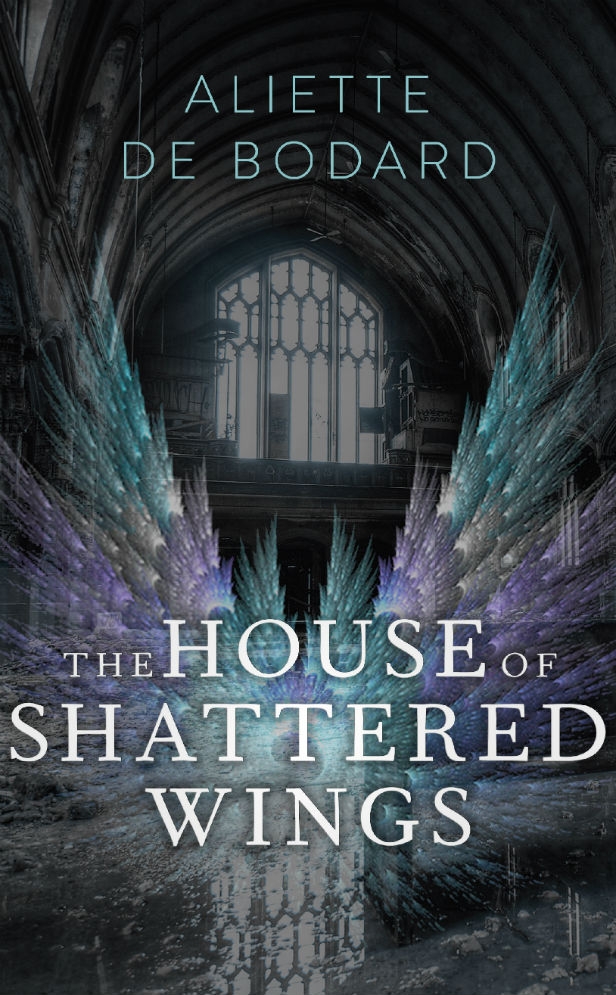 When I first started reading speculative fiction, I had pretty well-defined ideas about the separation of fantasy and science fiction.
When I first started reading speculative fiction, I had pretty well-defined ideas about the separation of fantasy and science fiction.
It wasn’t that I disliked reading fantasy or science fiction: I devoured David Gemmell, Patricia McKillip, Greg Bear and Ursula le Guin’s Hainish cycle with equal enthusiasm. But it seemed to me that an SF book, with spaceships, first contact and a futuristic setting based on technological evolution, was a fundamentally different beast from a fantasy book–which would have a (broadly) medieval setting, a plot about restoring the order of the world and a strong presence of a numinous, wild magic.
I’m still reading; I’ve been writing for a while; and my idea of the separation of fantasy and science (and indeed, of genre itself) has evolved quite a bit. I’ve read (and enjoyed) books like Elizabeth Bear’s All the Windwracked Stars, a post-Ragnarok, technology-based epic fantasy; like Brandon Sanderson’s Mistborn, where the magic is as rigorous as science; like C.S. Friedman’s Cold Fire Trilogy, which has the trappings of dark fantasy, but is set on a planet colonised by man. And I’ve started writing my own science fiction, the Xuya universe, where technology is based on a healthy mix of science and Daoist principles, and for which I find much inspiration in the mythical and folkloric history of Vietnam.
Up till now, though, I hadn’t tried the reverse: taking a mostly fantasy plot and giving it science fictional events. The House of Shattered Wings is my first attempt at this: it started as a story of Fallen angels in a modern-day setting, until I realised that I needed something a little different, a little out there–and drew on the narrative of post-apocalypse.
It might seem like a wild merge. For me, it’s not an altogether improbable one: history is replete with the seeds of apocalypse. In particular, the 19th/early 20th Century in France was a time of country-shattering events, whether it was the rise and fall of Napoleon Bonaparte (the creation and brutal upending of a whole new social order, within scarcely more than a decade), or the Great War (which devastated the country to a degree that is hard to believe today, wiping out an entire generation in the trenches). It was no great stretch to imagine a magical war engulfing Europe in 1914, and leaving Paris as a field of ruins filled with magical booby traps–the familiar monuments destroyed, the Seine overflowing with the residue of spells.
It’s no secret that I’m fascinated by the narrative of war, and of recovery after war: how people struggle to rebuild lives and go on in the wake of world-shattering devastation; how the past can still cast a long, terrible shadow over everything; how the years before the war become a golden thing, regardless of how many injustices and hardships might have been happening then. I’m equally fascinated by history–the narratives that get preserved and enshrined, the stories that are passed down; and the speed with which some things get forgotten while others endure for generations. For me, the vocabulary and tropes of post-apocalypse were a great way to tackle those subjects, and to imagine what would happen in a city that had such a traumatic event in its past.
 The society of The House of Shattered Wings is, accordingly, fascinated by the past; always looking backwards to an age of plenty; modeling its mores and customs on a fictional Belle Époque, even though its actual structure is closer to feudal, with the fortunate affiliating themselves with a Great House which provides protection, while the others fend for themselves in the ruins. This structure is the more fantasy part of the novel, echoing different time periods of history: the political intrigues between the Great Houses that form the backbone of the novel are more inspired by Game of Thrones, Robin Hobb’s Farseer Trilogy, or (to take historical novels) Dorothy Dunnett’s Lymond Chronicles.
The society of The House of Shattered Wings is, accordingly, fascinated by the past; always looking backwards to an age of plenty; modeling its mores and customs on a fictional Belle Époque, even though its actual structure is closer to feudal, with the fortunate affiliating themselves with a Great House which provides protection, while the others fend for themselves in the ruins. This structure is the more fantasy part of the novel, echoing different time periods of history: the political intrigues between the Great Houses that form the backbone of the novel are more inspired by Game of Thrones, Robin Hobb’s Farseer Trilogy, or (to take historical novels) Dorothy Dunnett’s Lymond Chronicles.
And of course, there is magic, which is a firmly fantasy thing; and set-pieces ranging from the Fall of an angel into the ruins of a department store, to creepy shadows that kill with a touch; to power so strong and so pleasant it is like a drug when it touches you–a warmth in your belly and in your chest that will eventually kill you by corroding your lungs…
I think of it as the kitchen-sink approach to worldbuilding: taking bits and pieces from various sources and putting them together: whatever works, basically! I don’t do it consciously, but for me part of the appeal of mixing genres is making things slightly different by importing new tropes, new vocabulary, new plot structures–to find a way beyond the “rules” that can easily become strictures if we’re not careful as writers; and to create things that hopefully haven’t been seen before, and that hopefully feel new and fresh and wonderful.
I don’t know if I’ve succeeded at this (obviously!), but doing it has made me a better writer and strengthened both my worldbuilding and plot skills–and (perhaps more importantly) writing the book turned out to be a wild, fun ride with unexpected surprises along the way as I dug deeper into my devastated Paris. I hope it’s also a wild ride for the reader :)
The House Of Shattered Wings by Aliette De Bodard is available from Gollancz on 20 August. You can pre-order it here. Keep up with the latest genre news with the new issue of SciFiNow.
